How many times have you passed a gas station wondering if you should turn back and top off the tank? Are you constantly curious about how much gas is actually remaining when the low fuel light illuminates? Have you looked at those gasoline-filled 2-liter Coke bottles in Mexico and pondered what the percentage of cola versus gas is? Range anxiety is real. After having the luxury of a long-range fuel tank in our 1990 Toyota Pickup and the ability to skip sketchy gas stations or drive hundreds of additional kilometers off-pavement, we knew installing a larger tank was a priority for our 2008 Toyota Tundra.
Our Tundra Double Cab weighs almost 6,000 pounds. With a 5.7-liter V8 gas engine turning 35-inch all terrains, it’s not surprising it has poor fuel economy. Combined with a small 26.4-gallon fuel tank, the range is about 500 kilometers. Fuel economy will only get worse as we add weight to the truck. Since we prefer not to carry additional jerry cans on the outside of the vehicle (the fewer bolt-ons, the better), we were on the hunt for a large-volume replacement tank.
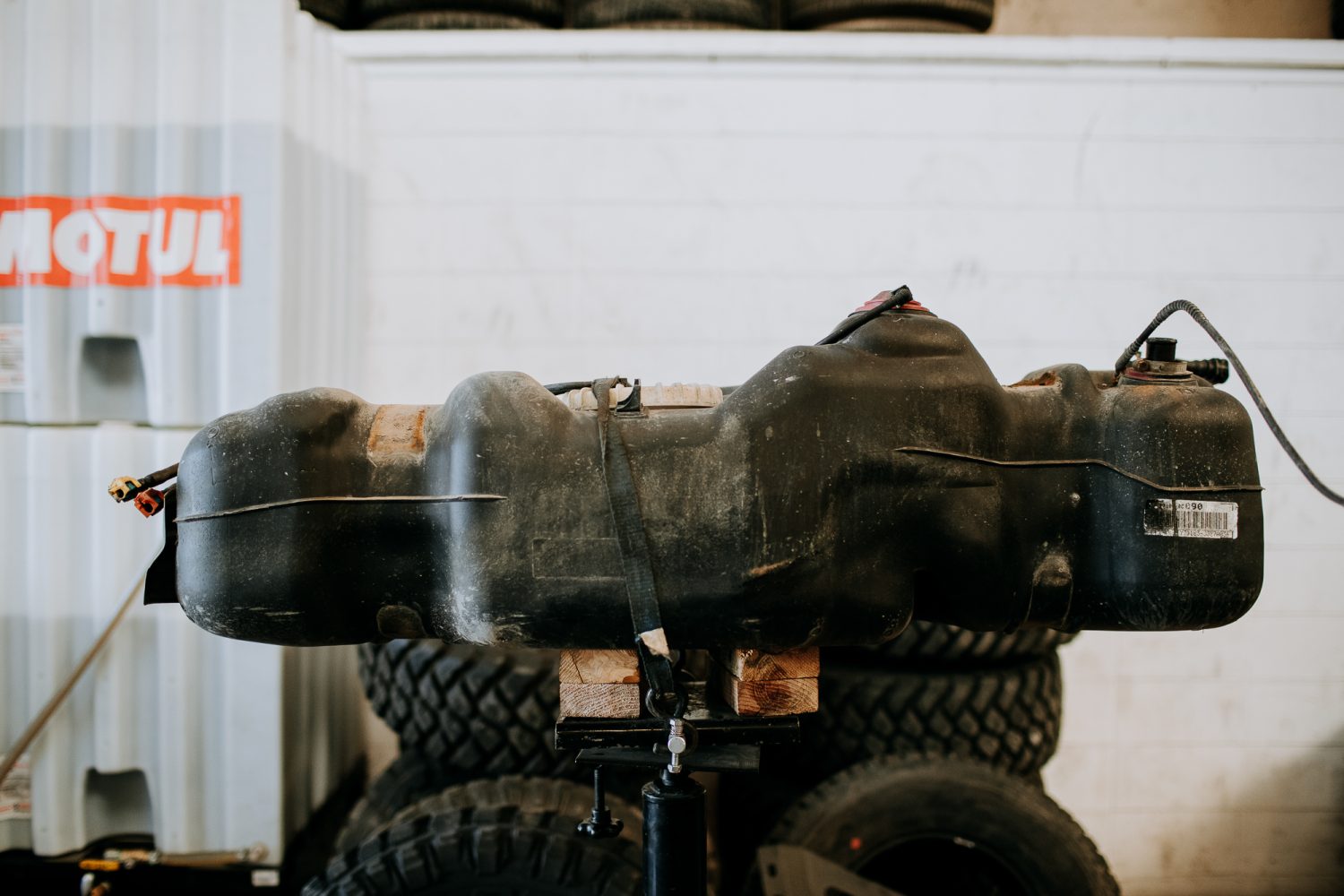
In recent years, Toyota increased the size of the Tundra fuel tank to 38 gallons. Using a new genuine Toyota fuel tank was our first plan, but with the dreaded supply chain issues of 2021, we were forced to search for another option.
Eventually, we came across a Transfer Flow 46-gallon midship replacement tank (0800114225), and it was in stock! The high-capacity tank from Transfer Flow is made from 12-gauge aluminized steel, powder-coated satin black, and comes with all required mounting hardware. It sits high enough in the frame to eliminate the need for a skid plate and is backed by a six-year warranty. In the Tundra’s current configuration, the tank should increase our range to about 1,000 kilometers, eliminating the need for additional fuel cans. With greater range comes greater options. We’ll be able to drive a little farther on cheap fuel, bypass towns with expensive fuel, spend longer on meandering dirt roads, and avoid fuel that uses Coca-Cola as an additive.
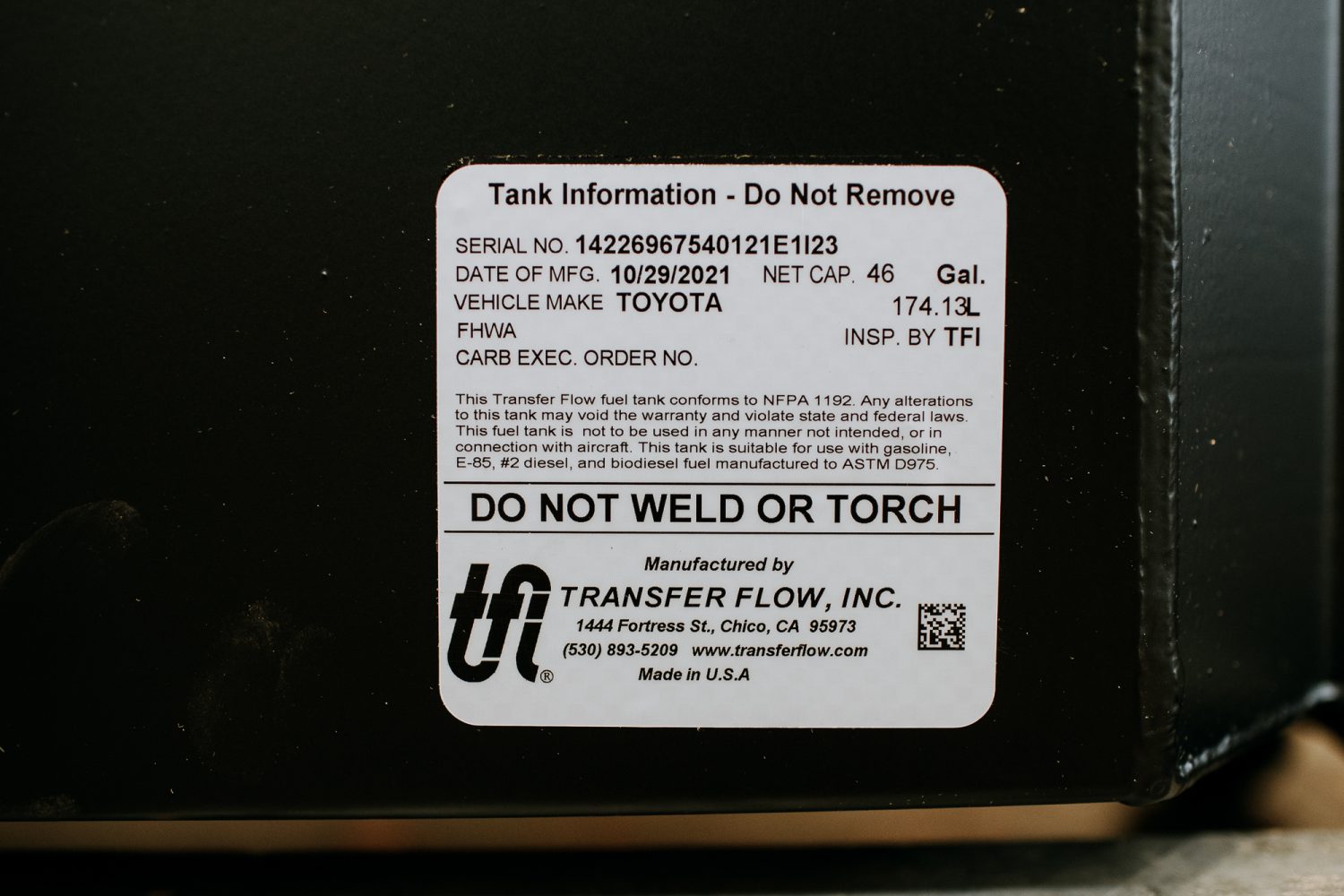
Installation of the 46-gallon tank is a straightforward removal and replacement, especially if you pay attention to the very detailed instruction manual provided. Transfer Flow provides a charcoal canister (and all required hoses) which is added to the evaporative emission control system. We used the included straps and hardware to reinstall the new tank using the factory strap mounting points.
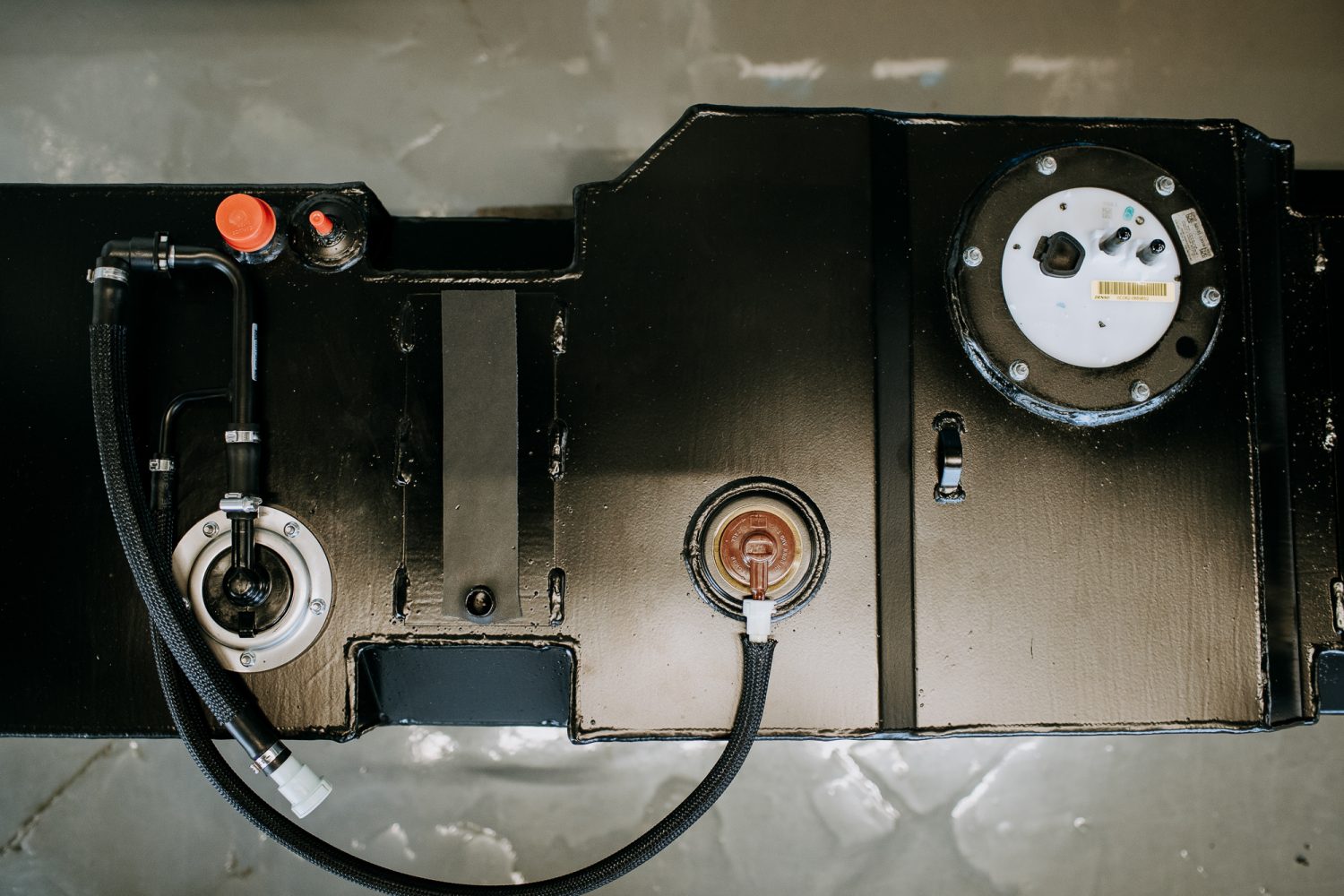
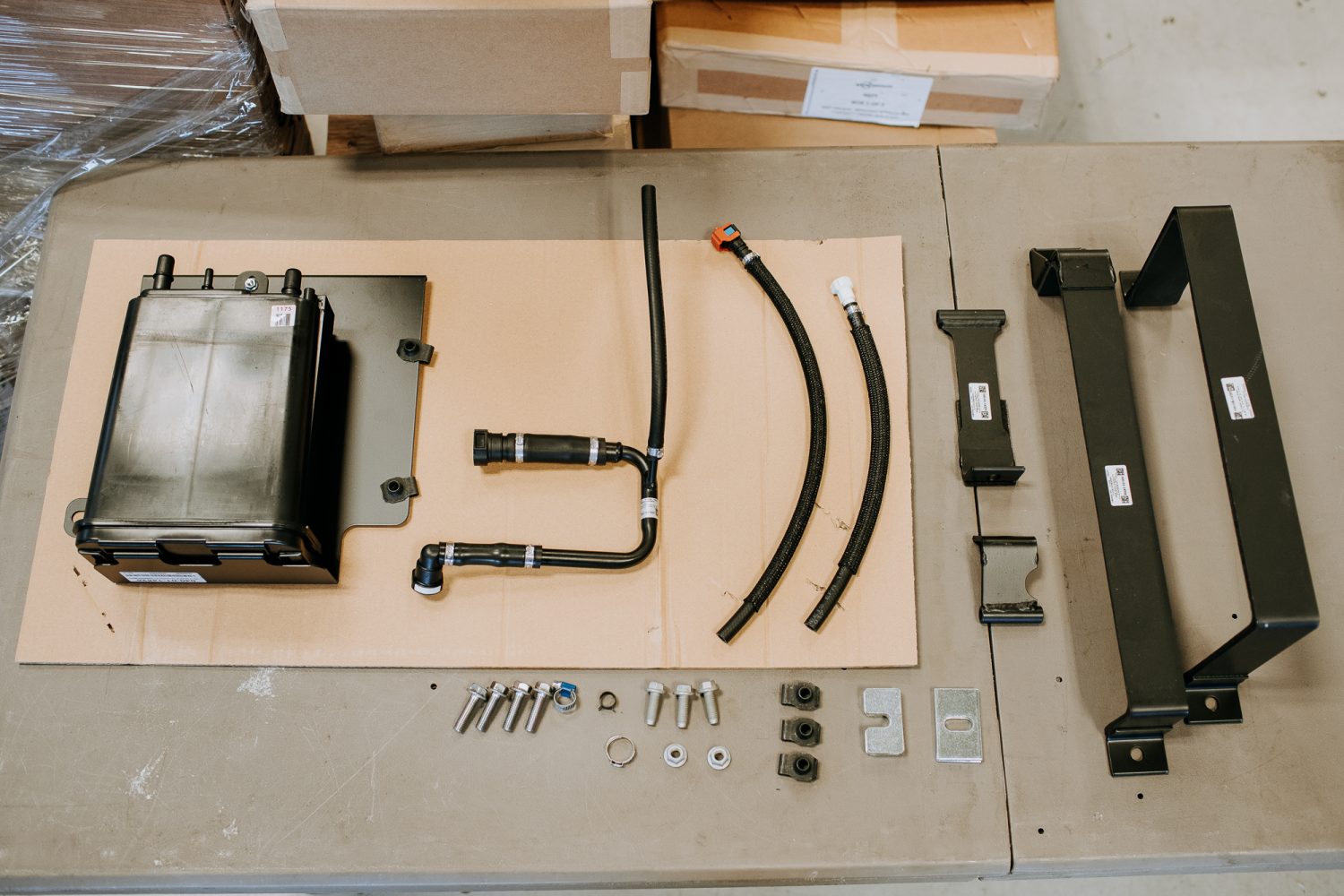
The only thing we did that was different than instructed was install a brand-new genuine Toyota fuel pump and sending unit (PN77020-0C082). Since our Tundra is 14 years old and has almost 200,000 kilometers, we thought it prudent to spend a little extra and use a new pump and fuel gauge sending unit for peace of mind.
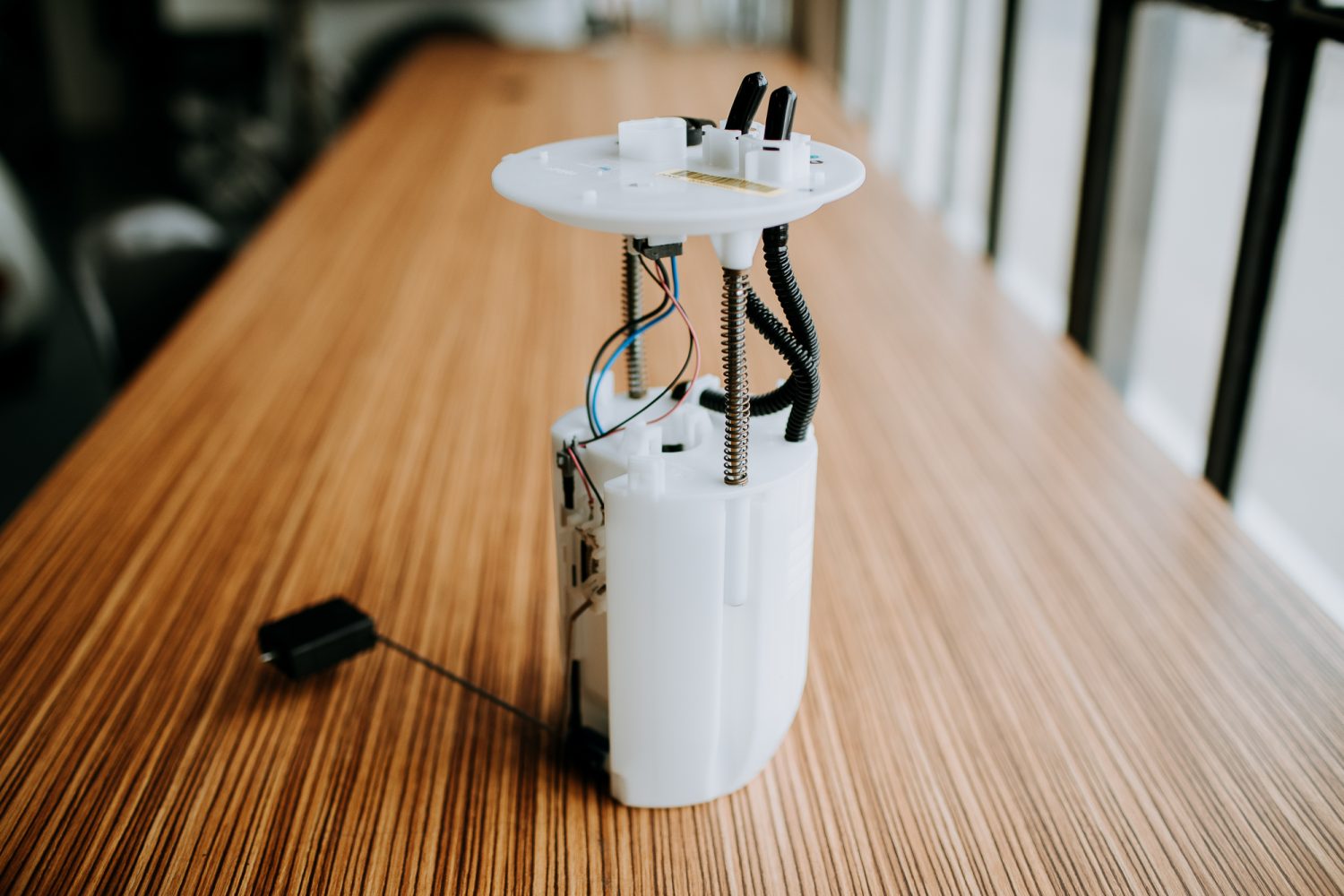
The simplicity of the large replacement tank allows us to retain a factory fuel pump, sending unit, and hoses. I appreciate that it doesn’t take up space otherwise being used for something else (such as the spare tire), and it doesn’t require a separate tank and additional fuel pump, keeping plumbing and electrical nice and simple. The space within the chassis is now used for fuel, and we don’t need to add a roof rack or complicated bumper with swing-outs to accommodate jerry cans.

The two biggest downsides of the tank are cost and weight, especially when filled with 46 gallons of 87 octane. Unfortunately, when greater range is required, you have to carry fuel somewhere. A rear bumper with swing-outs can cost thousands of dollars and add even more weight to the truck. A roof rack and Rotopax are quite expensive as well. Since we don’t need a rear bumper (the Tundra will eventually get an aluminum flatbed) or roof rack, the long-range tank made perfect sense to us. Above all, the weight (and center of gravity) is kept as low as possible, right in the middle of the chassis.
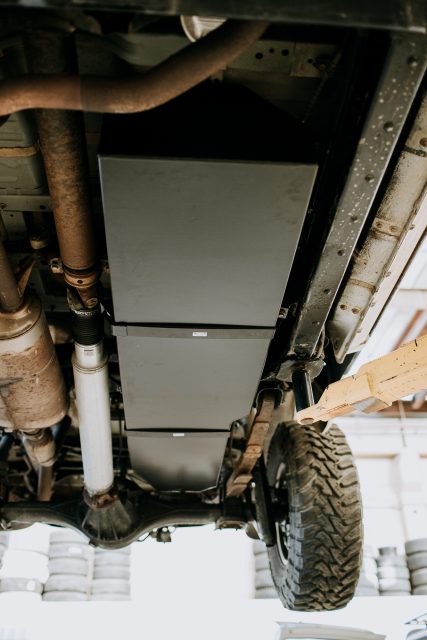
Following a leak check, we found the least expensive fuel in town (thanks, Gas Buddy) and started paying off the Transfer Flow tank with the savings. Hopefully, one day in the near future, we can have a plug-in hybrid option that allows us to use less gasoline to travel the same range. But for now, this option works best for us based on the truck we own and the faraway lands we plan on traveling to.
Our No Compromise Clause: We carefully screen all contributors to ensure they are independent and impartial. We never have and never will accept advertorial, and we do not allow advertising to influence our product or destination reviews.
Read: 2008 Toyota Tundra TRD Off-Road Overland Build :: OME BP-51 Suspension Installation


